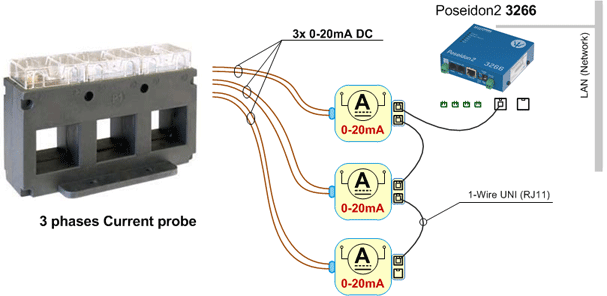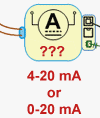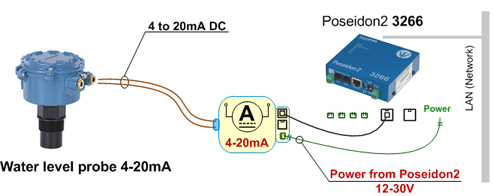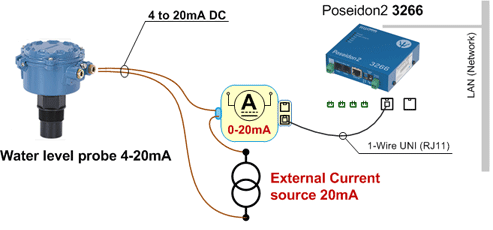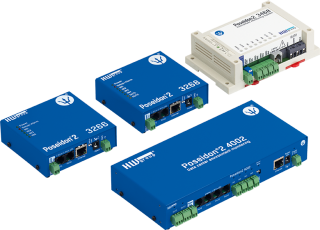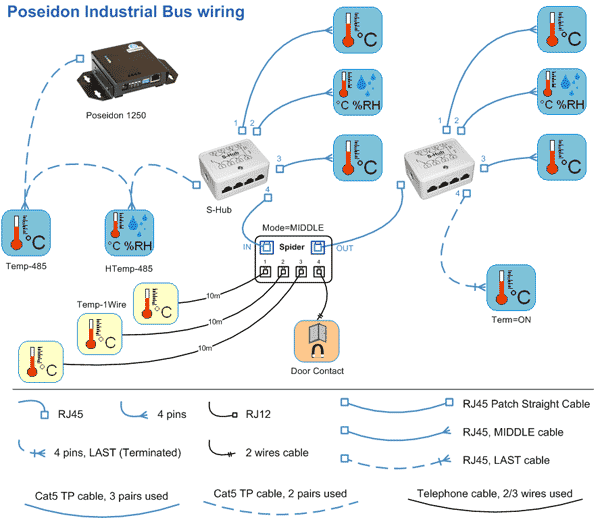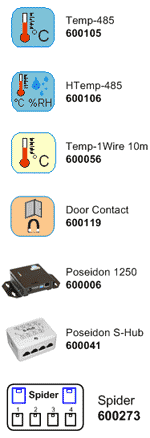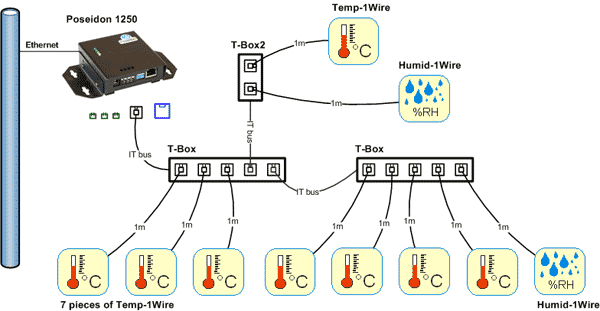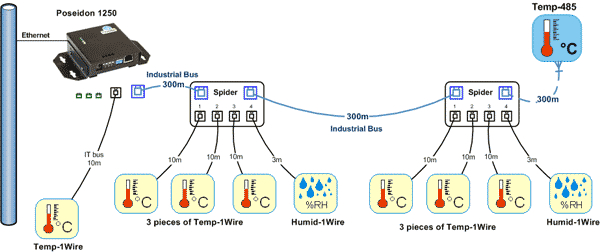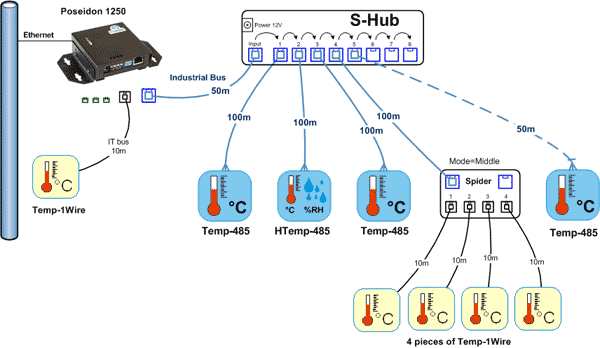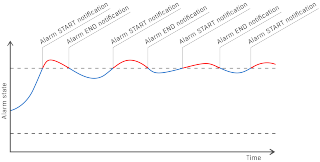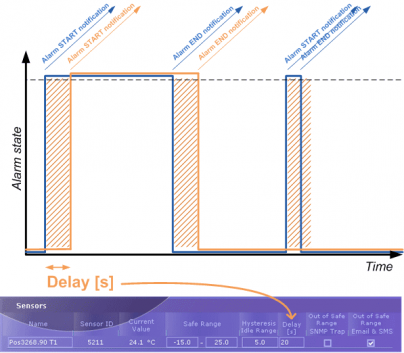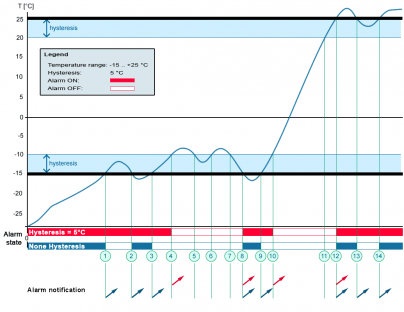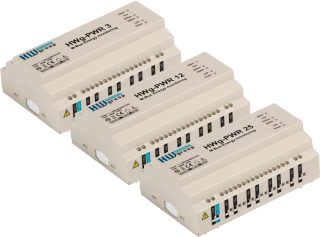Analogová proudová smyčka 4-20mA / 0-20mA se používá jako výstupní rozhranní na mnoha průmyslových senzorech (měření hladiny, proudové transformátory, senzory koncentrace plynů a podobně). Velikost výstupního proudu signalizuje měřenou veličinu.
Jak připojit senzor z výstupem 4-20 mA
- Analogový senzor typicky nemá další napájení (je napájen z minimální hodnoty 4mA)
- Převodník od HW group poskytuje napájení pro senzor (4mA / max 36V).
Lze použít "Sensor 0-20mA 1W-UNI"?
Ano, HW group převodník "0-20mA" lze použít také, pokud včleníte externí proudový zdroj:
Jak připojit senzor z výstupem 0-20 mA
- Analogový senzor (zde senzor proudu) nevyžaduje externí napájení.
- Převodník od HW group "Sensor 0-20mA 1W-UNI" neposkytuje napájení pro senzor.
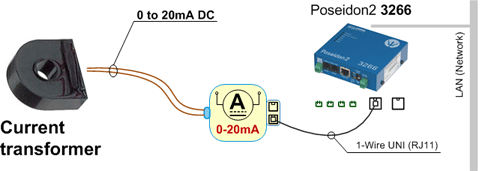
Jak připojit více analogových výstupů
- Převodníky lze řetězit za sebou po sběrnici 1-Wire UNI
- Počet zřetězených převodníků je omezen maximálním počtem senzorů, které lze k jednoce Poseidon2 nebo Ares připojit.
